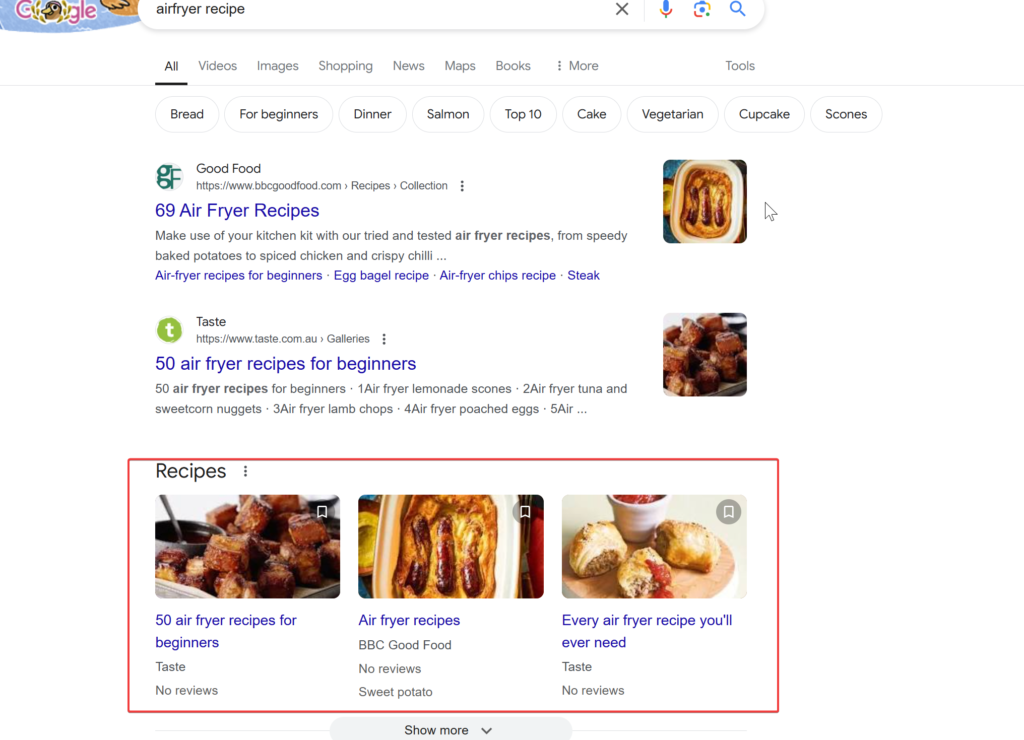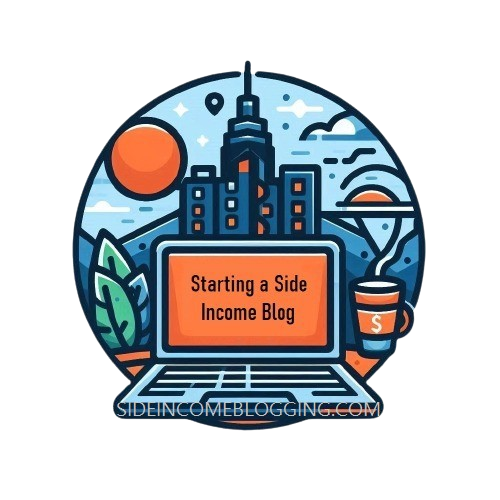Parts
In Part 1 of this article on starting a side income blog, choosing your topic and subniche is covered, as well as the importance of traffic to your blog, Google structured data and getting started with a domain name and hosting.
There are 3 parts to this article.
- Part 2 – We’ll first set up a local development server and WordPress, then go into more detail about WordPress, including TinyMCE and Gutenberg editors and we’ll also cover how you will create your WordPress theme.
- Part 3 – It’s time to publish content! This series of articles wraps up with an initial, weekly, monthly and specific to posting schedule for starting a side income blog, as well as some top tips.
Intro to Choosing a Topic
Starting a blog can become a favoured hobby and can earn you a side income, however, to be successful there are a couple of things that are important to consider.
Consistent and high-quality content is a very important factor for any blog’s success, so it’s important to pick a topic you can consistently write about over a long period of time.
It’s also important that you are passionate about your topic, as this will help avoid burnout later down the track that could happen if you were blogging about a topic you’re not interested in and will also help you to channel your creativity and expertise towards your topic.
Blog Topics
Some example topics you could blog about include:
- Arts and Entertainment
- Automotive
- Beauty and Fitness
- Books and Literature
- Business and Industrial
- Computers and Electronics
- Finance
- Food and Drink
- Games
- Health
- Hobbies and Leisure
- Home and Garden
- Internet and Telecom
- Jobs and Education
- Law and Government
- News
- Online Communities
- People and Society
- Personal Development
- Pets and Animals
- Real Estate
- Reference
- Science
- Shopping
- Sports
- Technology
- Travel and Transportation
How to Become a Successful Blogger
Another factor is understanding how you will make money. Any organic traffic your blog gets can translate into many things, such as getting more people signing up to an email newsletter from your site and becoming a return visitor, to having them click links to affiliate products on your blog directed to another site that you get a commission for if the visitor buys something.
Traffic volume is an important indicator of success, no matter what topic you choose to blog about.
Google Traffic and Structured Data
You’ve likely heard of Google, a search engine that has been around for about 25 years. It can generate a lot of traffic for your blog. An innovation Google introduced that is both good for Google and websites is giving websites with compatible topics the ability to utilise structured data.
Search results that utilise this will display differently than normal search results and those websites can expect a bump in search engine ranking and also an improvement in visibility on Google

Additional Structured Data Topics
A brief list of topics supported with structured data:
- Ecommerce
- Education and Science
- Entertainment
- Food and Drink
- Jobs
- News
- Organizations
- Sport
Structured data is a complex topic, but for more information about getting started with it, see here.
Finding Your Blog Niche or Subniche
Whether your topic is supported by structured data or not, it’s worth noting that even though a topic mentioned might seem to have potential to blog about, most of these topics cover a very broad area and you might have difficulty being successful blogging about the topic in whole, as you are competing with teams of contributors doing the same topic. A solution for this is focusing on a sub niche to one of these topics.
For example, recipes are compatible as part of Google’s ‘Food and Drink’ structured data topic and could seem like a potentially good topic to blog about. However, if you choose recipes in general as a topic, you will face a lot more competition than focusing on a sub niche, such as air fryer recipes. If you are able to adapt to the sub niche you choose for your blog and channel expertise towards it, you will have a much easier time getting more traffic to your site and improving SEO.
There are many reasons to use an AI chatbot assistant when blogging, one reason to use ChatGPT, an AI chatbot assistant, is to make the task of going through subniches for any given topic put at your fingertips. Simply search for a topic, followed by “subniches”. While air fryer recipes don’t come up when searching on ChatGPT for “recipe subniches”, in this example it would find subniches comparable to air fryer recipes.

When choosing a sub niche, it’s also a good idea to check competitors to that sub niche first, to see if the topic is saturated and what you’re up against. This can be done simply by searching your potential subniche topic on Google.
Hopefully this foresight helps you choose a good topic for you to blog about and we can move on to getting a domain name and web host and choosing a blogging platform.
What is a Domain Name?
A domain name is how your site will be accessed through a browser on the internet.
Blogging Platforms
A leading free blogging platform is Blogger, which comes with a free subdomain that will appear as yourdomain.blogspot.com
Even though Blogger comes with templates to get started without coding and you can even upgrade to a paid domain name, it’s minimalist experience can stunt your blog’s growth potential.
WordPress is a CMS (Content Management System) and there are two options to using it, either a self-hosted WordPress.org site or a wordpress.com hosted site. The wordpress.org option powers about 45% of websites on the internet, is free and recommended.
Registering a Domain Name
If you register a domain name, you have the benefit of having ownership of the rights to that domain name, rather than using a subdomain to an already existing domain.
You can purchase a domain name for example for about $11.30 at Namecheap, or if your budget permits, learn how to get a good one.
What is a Web Host?
A web host will host your website files that you upload, so that your website can be retrieved through your domain name.
Choosing Your Web Host
You can for example get web hosting starting at $2.00 per month for their Stellar plan at Namecheap.
The WordPress.org blogging platform can be downloaded for free and installed on your webhost.
Part 2 of this article goes into more detail about setting up a local development server with WordPress, developing your WordPress site and creating its theme.
Continue to → Starting a Side Income Blog – Part 2

